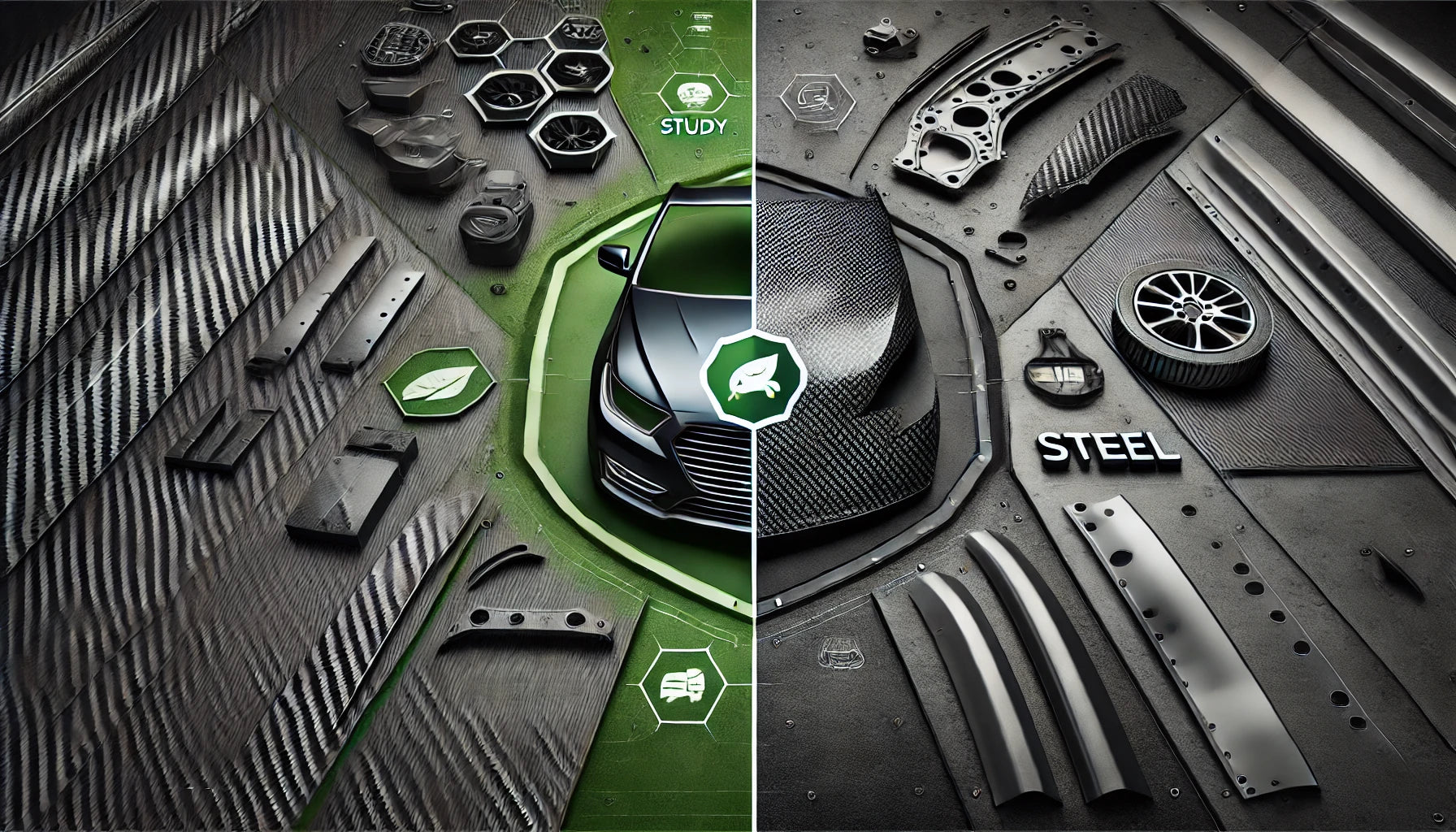Article: Comparative Study: The Lifespan of Carbon Fiber vs. Steel Parts

Comparative Study: The Lifespan of Carbon Fiber vs. Steel Parts
In the rapidly evolving industrial landscape, understanding the lifespan and environmental impact of different materials like carbon fiber and steel is crucial. This article explores the life cycles of these materials, highlighting how life cycle assessment (LCA) aids in making informed decisions.
Importance of Life Cycle Assessment in Material Comparison
Life cycle assessment is critical in evaluating the environmental performance of materials from raw material extraction to disposal. This methodology helps quantify the impact of different production methods, providing a comprehensive view of a material’s environmental footprint.
Environmental Impact of Carbon Fiber vs. Steel
Both carbon fiber and steel have significant environmental impacts, but in different ways. Steel production is known for high energy use and substantial greenhouse gas emissions. In contrast, carbon fiber manufacturing generally involves lower energy consumption and reduced emissions. However, carbon fiber's complex composite nature presents challenges in recycling, unlike steel, which is extensively recycled. This factor plays a crucial role in their overall environmental assessment.
Composition and Properties Comparison
Carbon Fiber-
Carbon fiber is made from thin, strong fibers woven into a polymer matrix, creating a composite material. Its exceptional tensile strength and durability make it desirable for high-performance applications.
Steel-
Steel, an alloy of iron and carbon, is prized for its robustness and versatility. However, it is heavier and less efficient in applications where weight is a critical factor.
Longevity of Carbon Fiber Parts
The longevity of carbon fiber is influenced by its manufacturing process, which involves stages like precursor material production and composite fabrication. These steps ensure the material's high fatigue resistance and structural integrity, essential for its durability.
Energy Consumption in Production
Producing carbon fiber typically consumes less energy than steel production, primarily because it involves fewer heat-intensive processes. This leads to lower overall emissions, positioning carbon fiber as a more sustainable option in some industrial applications.
Main Applications of Carbon Fiber vs. Steel
Automotive Industry-
The automotive sector increasingly uses carbon fiber to reduce vehicle weight, thus enhancing fuel efficiency and performance. Carbon fiber parts are significantly lighter than steel, providing critical advantages in high-performance vehicles.
Aerospace and Other Industries-
Carbon fiber's mechanical properties, including its stiffness and strength, make it ideal for aerospace applications, where structural integrity and weight reduction are paramount. Its use extends to sports equipment and other sectors where performance and lightweight characteristics are crucial.
Steel's Role-
While steel is less favored in applications requiring lightweight materials, it remains indispensable in construction and manufacturing due to its durability and cost-effectiveness.
Conclusion
Both carbon fiber and steel offer unique advantages depending on the application. While carbon fiber excels in environments where lightweight and high performance are necessary, steel remains a staple in sectors that prioritize cost-effectiveness and structural robustness. As industries continue to evolve, the choice between carbon fiber and steel will largely depend on specific performance requirements and environmental impact considerations, guided by thorough life cycle assessments.


